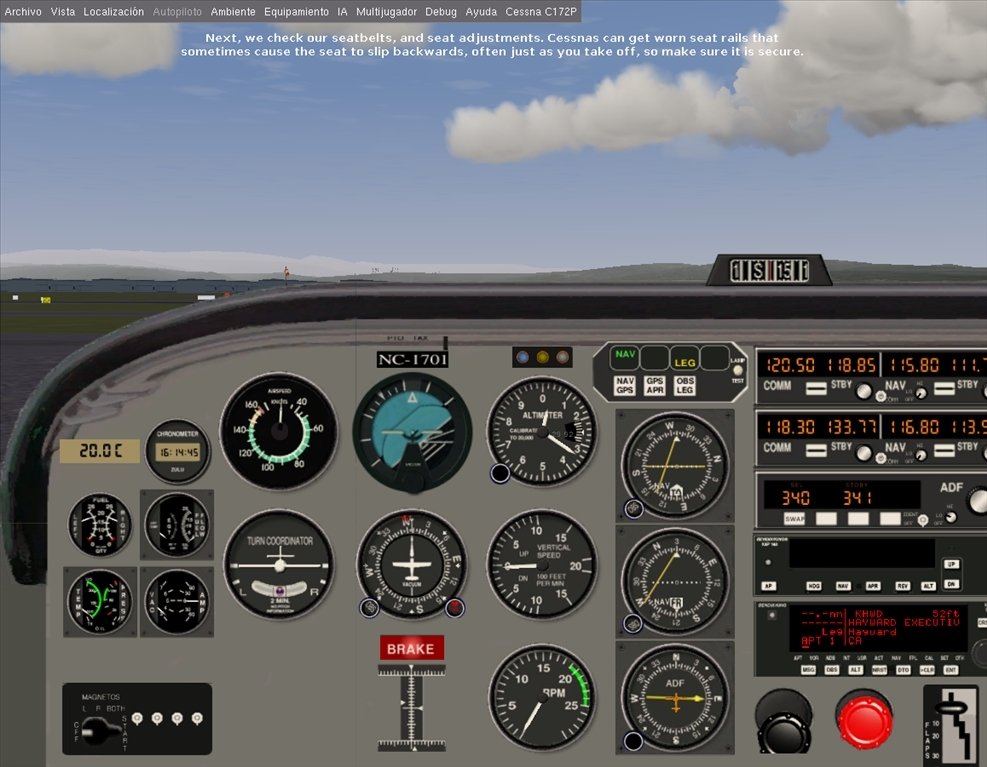

If you don't use that directory for your custom scenery, it will be always empty. Now use 0 and Enter on the numeric keypad to steer the rudder and nose gear. I'm not sure if you can prevent the creation of "C:\Users\youruser\FlitghGear\Custom scenery", but this directory is intended to be used manually. This works for automatic scenery and aircraft. You can change the downloads directory in the launcher: "settings -> downloads". Forces experienced by a flying craft depend on the time-varying state of atmospheric fluid flow along the flight path - the atmosphere being a. "C:\Users\youruser\FlitghGear" is the default directory for automatic downloads and your custom scenery and aircraft. FG_HOME is used for configuration and caches. You can find FG_HOME in "C:\Users\youruser\AppData\Roaming\", which is by default a hidden directory in Windows.
FLIGHTGEAR CHANGE LOCATION DOWNLOAD
If you prefer to download aircraft manually, you can download additional aircraft here. Example: fgfs -config./Aircraft/X15-set.xml -units-feet: Use feet for distances.
FLIGHTGEAR CHANGE LOCATION INSTALL
For windows: SGPath::fromEnv("APPDATA") / ""ĮDIT: oh, sorry: "C:\Users\youruser\FlitghGear" is not FG_HOME. Download Aircraft The easiest way to install aircraft is via the launcher this will ensure aircraft are installed to the correct location, and get be updated easily when new versions are released by aircraft developers. configpath: Load additional properties from the given path. t.cxx#l466 The default value is a few lines about this one. August, 2005: Under FlightGear 0.9.8, install the scenery file so it appears at c:/Program Files/FlightGear/Scenery/w120n40/w120n40.

Do not use the same directory than the installation directory, do not use spaces just in case. You can define the environment variable FG_HOME to fit your needs: Windows system preferences -> search "environment variables" -> add "FG_HOME" with a value "D:\FlightGearHome".


 0 kommentar(er)
0 kommentar(er)
